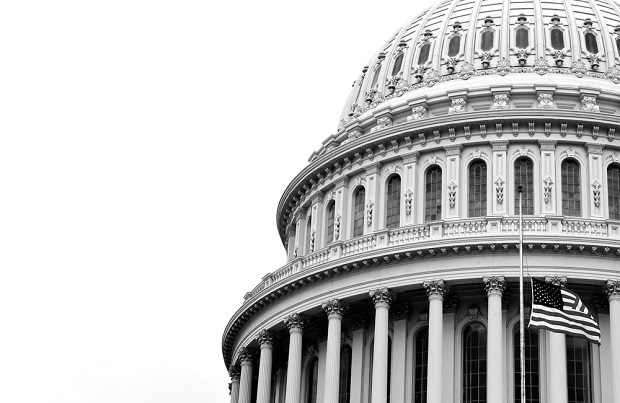What Americans need to know about the SECURE Act 2.0
Here’s a breakdown of the proposed legislation that affects younger as well as older Americans.

SECURE Act 2.0 is an expansion of the changes enacted earlier by the first SECURE Act of 2019, also referred to as the Setting Every Community Up for Retirement Act. The legislation name is fitting as it addresses how individuals can save for retirement throughout different life stages and situations. Though there are many paths to retirement, it’s critical to be financially prepared, especially as people are living longer.
The proposed provisions to the SECURE Act impact people of all ages. For younger workers, the intent is to help them start saving earlier by making employer matches available for those who are also paying off student loans, as well as facilitating retirement savings through automatic enrollment. Those nearing retirement could have more time to save, thanks to raised catch-up contribution limits and delayed required minimum distributions (RMD).
Here’s a breakdown of the proposed legislation and some of its implications.
Matching contributions for student loan payors
Many people want to save for retirement, but they are burdened by other debt obligations, particularly student loans, that prevent them from being able to contribute to an employer-sponsored retirement plan. The new legislation would allow those who are paying off student loans to be eligible for an employer match, even if the employee cannot afford to put anything toward their retirement plan. Currently, the only way to enjoy the company match is to contribute to the employer-sponsored retirement plan directly. This change would enable employers to extend the company match, a welcome benefit to those just starting out in the workforce or navigating a career change who have student debt obligations.
Automatic enrollment to a retirement account
According to a Pew research study, automatic enrollment can produce more savings than manually putting money aside on a regular basis for retirement. The proposed legislation would start new employees—automatically—at a 3% contribution rate to their employer-sponsored retirement plans. Contributions would also increase 1% per year, up to 10%.
While employees will always have the ability to ‘opt out,’ this would encourage savings by eliminating the work needed to ‘opt in’ to plans and help employees take advantage of available employer matches. The 1% increase per year would increase the amount being put aside without any additional action and hopefully coincide with raises or cost of living increases, so participants do not feel a negative impact from the increased contributions. Many companies that already embrace automatic enrollment see increased participation in their retirement plans.
Raised catch-up limits on retirement savings
Catch-up contributions allow people aged 50 or older to make additional contributions to 401(k) accounts and individual retirement accounts (IRA). Under the proposed legislation, increased catch-up contribution limits would apply to those between the ages of 62-64-years old.
For those aged 62-64 with a 401(k), catch-up contributions would increase from $6,500 to $10,000. This is especially powerful for those who got a late start or for people who have children later in life and dial back their savings in their 50s to pay heavy college costs; their 60s can then offer an important opportunity to “catch up” for some lost time.
Similarly, for that same age bracket who are contributing to a SIMPLE IRA or Simplified Retirement Plan (SEP), catchups would increase from $3,000 to $5,000 per year. This is a good opportunity for those who are nearing retirement and find their nest egg lacking. Some may think there is little value in saving money so close to retirement; however, there is always value in adding money to your retirement plan to increase compound growth. Think of how the earlier contributions have grown to fund your retirement in the early stages. The same principle applies to the catch-up contributions having time to grow and be used to help fund the middle or later stages of your retirement.
Age to start RMDs to increase gradually
An RMD is an IRS-mandated amount of money that must be withdrawn from traditional IRAs or employer-sponsored retirement accounts each year. The current RMD start age is 72-years old, but this legislation would enact a staggered approach and increase that age from 72- to 75-years old over the next ten years. A few extra years of growth could yield additional funds if the market does well.
- Increase RMD start to 73 starting on Jan 1, 2022
- Increase RMD start to 74 starting on Jan 1, 2029
- Increase RMD start to 75 starting on Jan 1, 2032
The penalties for missing an RMD would also change. Often, a failure to take a required distribution is accidental, as it is easy to miscalculate or not be aware of the rules. As it stands, there is a 50% excise tax on withdrawals that do not occur within the specified window. SECURE 2.0 would reduce this penalty to 25%, and only 10% if corrected in a timely manner.
SECURE Act 2.0
Be on the lookout for this important piece of legislation on the horizon—it may have a great impact on your preparation for retirement.
Michelle Riiska, ChFC is a Financial Planning Services Consultant at eMoney Advisor.

